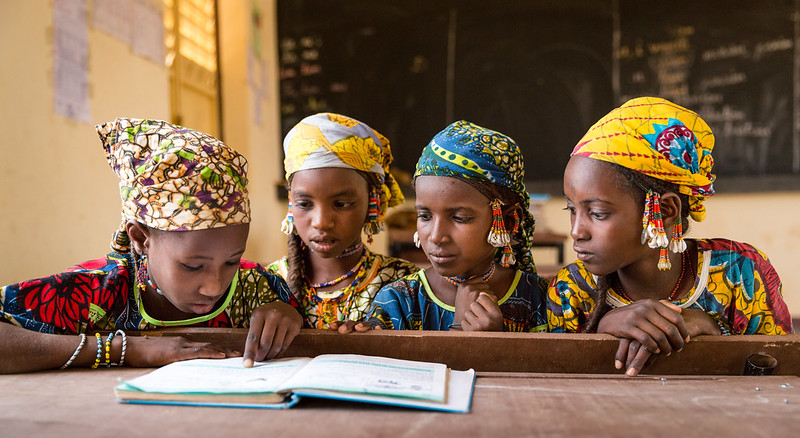 A recent UN report on the effects of global warming showed that rural women are more impacted than rural men.
A recent UN report on the effects of global warming showed that rural women are more impacted than rural men.
Essentially, the hotter the world gets, the wider the income inequality between rural women and rural men in developing countries.
While men frequently search for work in cities and industrial settings, women in developing countries are often held responsible for taking care of their families. Many times, rural women turn to agriculture to feed their families and earn enough to barely cover daily expenses.
However, rural women are faced with many inequalities and gender norms that make it harder to earn as much as their male counterparts. Now, even the growing heat has become an obstacle for rural women in developing countries.
The Role of Rural Women

Did you know that women comprise 43% of the rural workforce and are responsible for up to 80% of food production in several developing countries?
As expected, global warming is making it harder for women to continue to cultivate and support their families. In total, women-led households lost up to 8% of their income due to heat stress, which translates to $83 in per capita income. Moreover, households classified as “poor” suffer an additional 5% loss, equating to an additional $17 in per capita income.
Without enough money, women have a much more difficult time investing in irrigation, farming tools, seeds, etc. If the heat continues to widen the income disparity between men and women, the world will lose a significant portion of its agricultural workforce. These economic consequences are projected to cost the world economy roughly $37 billion, a cost that would be felt by everyone across the world.
A lower income provides women with less money to look after their families and the agricultural lands. This forces women to not only work longer and more arduous hours in the blistering heat, but young children as well. In fact, according to the UN report, rural children work an hour extra on average every week due to the effects of global warming. The increase in child labor correlates to a lower emphasis on education, thus limiting the impact on future generations in developing countries.
What Are Some Solutions?
 Fortunately, the report provides several solutions that can empower rural populations and promote climate-aware practices.
Fortunately, the report provides several solutions that can empower rural populations and promote climate-aware practices.
It calls for countries to revisit their climate plans as only 6% of the 4,164 climate proposals in the 24 countries surveyed even mentioned women. If countries do a better job of promoting climate policies, the effects of global warming could be heavily diminished.
Moreover, countries must also allocate climate funding more efficiently; in 2018, only 3% of climate finance went to agriculture, forestry, and other land uses. What’s worse is that only 1.7% was estimated to have reached small-scale food producers, such as rural women in developing countries.
Outside of finances, community programs focused on food education and agricultural methods could also help rural families, especially those that are women-led, combat global warming. Through these educational programs, women can better understand agricultural techniques and methods to maximize their harvests.
As more women are empowered across the world, up to 235 million families could become resilient to climate change.
Sources: NY Times, Guardian, FAO, UNDP







